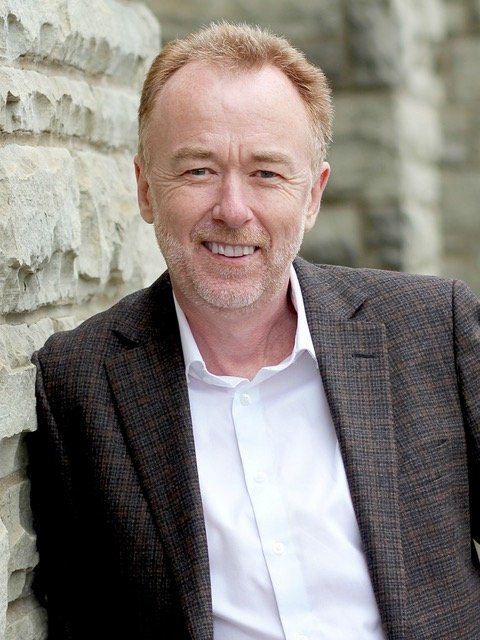In his landmark 2006 study, Western University’s renowned neuroscientist Adrian Owen and his collaborators showed for the first time ever that functional neuroimaging can reveal conscious awareness in some patients who appear to be entirely vegetative and can even allow some of these individuals to communicate their thoughts and wishes to the outside world.
But an important question for Owen remained: why some patients and not others?
In a new study published today by Nature Communications, Owen and his colleagues at the University of Cambridge may have found an answer. The international research team compared the brain states of patients who are in a vegetative or minimally conscious state with those of healthy participants who were anaesthetized with propofol, which is commonly used to sedate otherwise healthy people when they go for routine surgery.

“We need to understand more about consciousness and the brain. And for this study, we needed to identify a specific brain state that is associated with consciousness and conversely, a specific brain state that is indicative on unconsciousness,” explains Owen, professor of cognitive neuroscience and imaging at Western’s Schulich School of Medicine & Dentistry. “Obviously, we cannot ‘control’ consciousness in vegetative patients, but we can in healthy study participants if we use an anaesthetic drug like propofol.”
[rand_post]
Western’s role in this international collaboration was to scan a group of participants at the Robarts Research Institute, using functional magnetic resonance imaging (fMRI), while they were gradually sedated using the drug propofol. The results were compared to those of a group of patients, either in a vegetative or minimally conscious state, who were scanned by researchers at Cambridge.
“Remarkably, we saw very similar results in the two groups of participants scanned on opposite sides of the Atlantic. Specifically, loss of consciousness – whether due to propofol anaesthesia or brain injury – was accompanied by reduced functional diversity and integrative capacity in similar brain networks, which may represent a neurobiological marker or ‘brain fingerprint’ for consciousness,” says Owen, a Koerner Fellow and co-director, Azrieli Program in Brain, Mind & Consciousness (CIFAR).
Put simply, functional diversity and integrative capacity are properties of the brain that reveal how much information is being exchanged and integrated between different brain regions.
“It is still early days, but these results are beginning to reveal how our brains generate our conscious experience of the world and what goes wrong when consciousness fails,” says Owen. “This is an important piece in our quest to understand why some patients, presumed to be vegetative, are in fact conscious and aware of everything going on around them.”
The study is the result of an international collaboration between the University of Cambridge’s Division of Anaesthesia, which is headed by Dr. David K. Menon, the study’s senior author Dr. Emmanuel A. Stamatakis and Western’s Brain and Mind Institute.